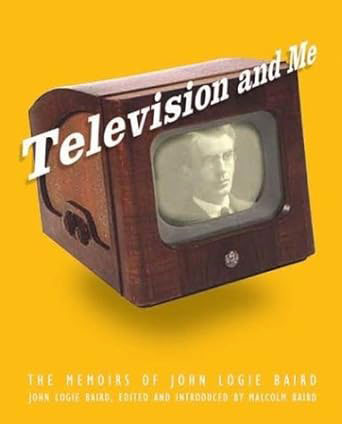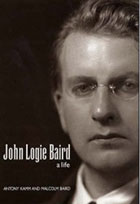1888 Born in Helensburgh, Dunbartonshire
1914 Educated at the University of Glasgow. Made early experiments with the concept of television.
c. 1923 Moved Hastings for his health. Stayed at friend’s house - 21 Linton Crescent. He rented a workshop near Hastings station (address unknown).
Baird could transmit shadowy images but the receiver and transmitter machines were still connected.
27 June: Baird placed an advert in The Times, 'Seeing by wireless. Inventor of apparatus wishes to hear from someone who will assist, not financially, in making working model'. As a result of this, the editor of 'Broadcasting' magazine and the Chief Research Engineer at the BBC came down to Hastings to visit him and afterwards sent down some equipment.
July: Applied for the first patent for a system of transmitting views, portraits and 'Scenes by telegraphy or wireless telegraphy’. He called it a televisor.
November: Chamber's Journal mentioned his experiments.
1924 January: First demonstration of his equipment when reporters from the Daily News & the Hastings Observer visited his Linton Crescent home to witness the transmission of a Maltese Cross.
Feb: Semi-mechanical analog system was demonstrated by Baird to the publication Radio Times
March: Baird able to transmit between separate machines.
April: Baird moved his workshop from Linton Crescent to the upper floor of No 8 Queen's Avenue (now Arcade)..
July: Baird received a 1000-volt electric shock and was thrown across the workshop. He suffered a burnt hand. His landlord asked him to vacate the Queen's Avenue premises.
August: Baird left Hastings for London.
October: After his accident Baird stated he had been experimenting with chemicals and had managed “to make a liquid light sensitive cell”.
1925 Rented an attic room at 22 Frith Street, Soho, London, which he converted into a workshop to continue with his new invention.
Feb: Daily Express ran a story about Baird.
March: Baird invited to demonstrate an early prototype of his device in the electrical section of Selfridges department store, Oxford Street, London. More info
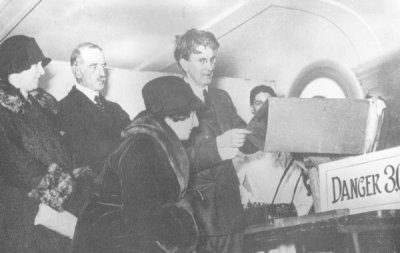
Oliver Hutchinson became Baird's business partner.
October: Now reproduced ‘static’ images on a screen, but not ‘moving’ images yet. For his experiments he used the heads of an ventriloquist’s dummies, which he nicknamed “Stooky Bill” and "James".
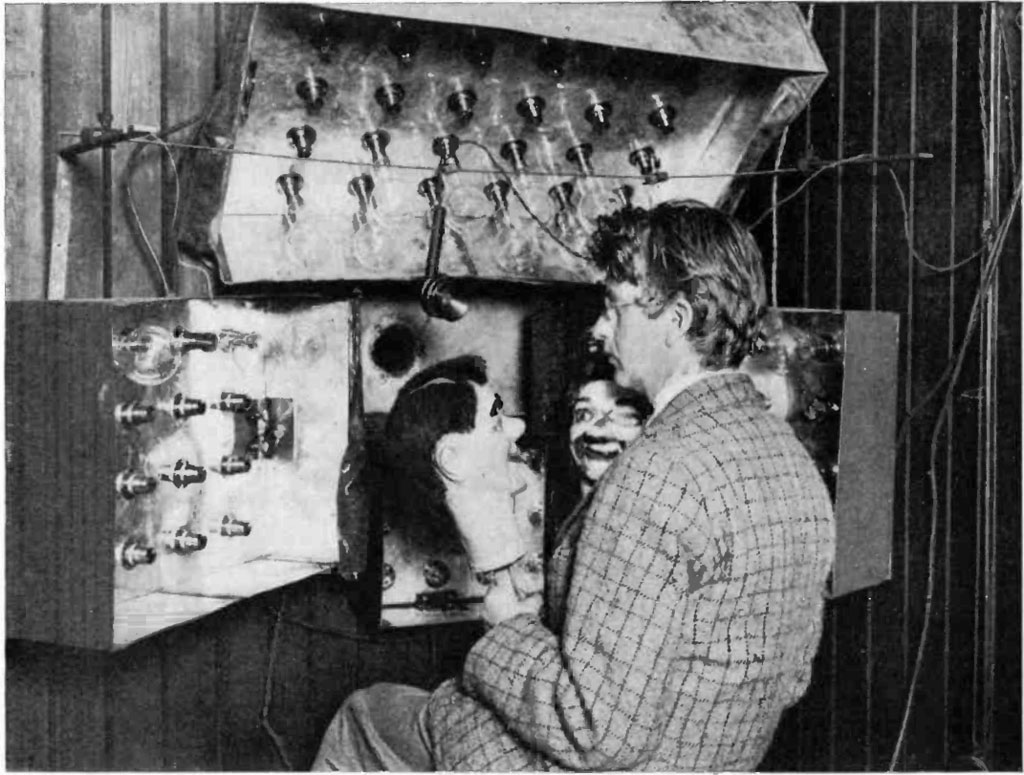
Late Oct: Baird exchanged the dummy’s head with which he had been working for Mr. William Taynton the office boy of the room below his workshop. First person ever to appear live on television.
1926 January: Baird gave a demonstration to a audience of scientists (from Royal Institution) of a crude form of television at 22 Frith Street.
First photograph of a moving image produced by Baird's "televisor”. It was of Oliver Hutchinson.
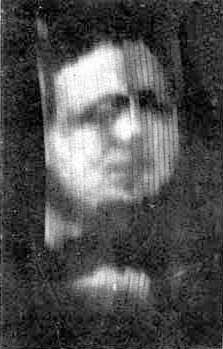
With funding from his family Baird formed “Baird Television Ltd” company and moved to larges premises at 133 Long Acre, Covent Garden where he improved his equipment and results.
August: The first official television transmission was made when Baird obtained the first television licence from the Post Office.
1927 Oliver Hutchinson founded the Baird Television Development Company to acquire the rights to television from Television Limited and became its joint managing director.
October: Returned to Hastings to speak at White Rock Pavilion at the invitation of the Hastings & District Radio Society. He said “I have many pleasant memories of Hastings. I owe a lot to your air and sunshine”.
1928 Film of Baird demonstrating television. (Pathe 0:38)
Made the first transatlantic television transmission, from London to New York Ronald F. Tiltman witnessed the first demonstration of colour. Stated that ‘the vivid reality of the colourings seen on the receiving screen was quite remarkable.’
1929 Baird provided the first-ever BBC television programme, in black-and-white, which led to half-hour programmes five mornings a week
1931 Baird screened the Derby, to much publicity.
1933 July: Baird Television Limited (BTL) moved from Long Acre to the Crystal Palace. Of particular interest to Baird, BTL and their new technical director, former BBC and EMI engineer Captain A D G West was the South Tower of the Crystal Place as it was an ideal location for VHF transmissions to get the required bandwidth for television images.
Lived at 3 Crescent Wood Road, Sydenham.
BTL leased 40,000 square feet under the south transept of the Crystal Palace, installing offices, studios and laboratories. A vision transmitter added on the first floor of the South Tower. Later the Rotunda and space in the School of Arts were leased, bringing the total space up to 60,000 square feet. Funding was from Gaumont-British, with many facilities and 380 staff.
1934 Film of Baird Intermediate Film Technique (IFT) camera operated at the Baird studio complex at the Crystal Palace (1:34 Film) and (2) a 1936 film at Alexandra Palace, the home of the BBC Television Service.
1935 Illustrated guide to Baird’s television system at Crystal Palace.
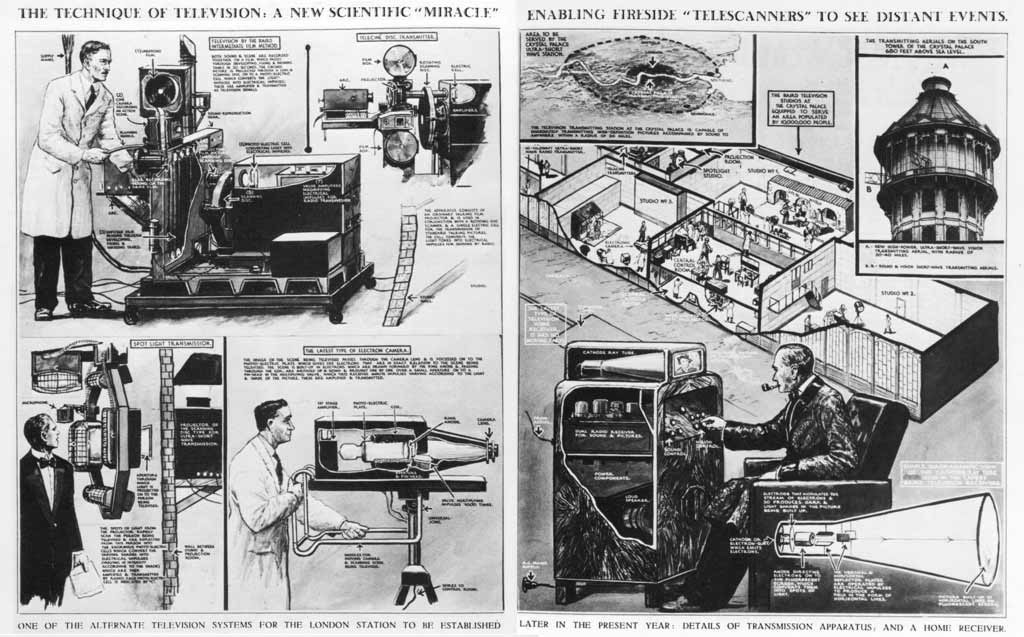
1936 Dec: Crystal Palace destroyed in a fire. Baird laboratories and the company unable to maintain the equipment at the BBC studios. It led to the end of their involvement in the race to provide a television system to the BBC. Baird Television Limited then moved to receiver production - Baird receivers were considered some of the best available on the market.
1937 Jan 30: Final Baird transmission. Government adopted the rival Marconi-EMI system.
1939 Sept: Declaration of war bankrupted Baird Television Limited.
1940 Photo of Bairds colour receivers.
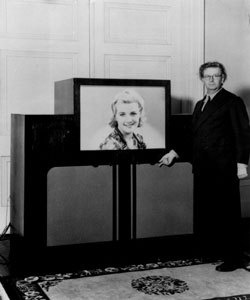
1944 16 August: Baird gave world's first demonstration of a practical fully electronic colour television display.
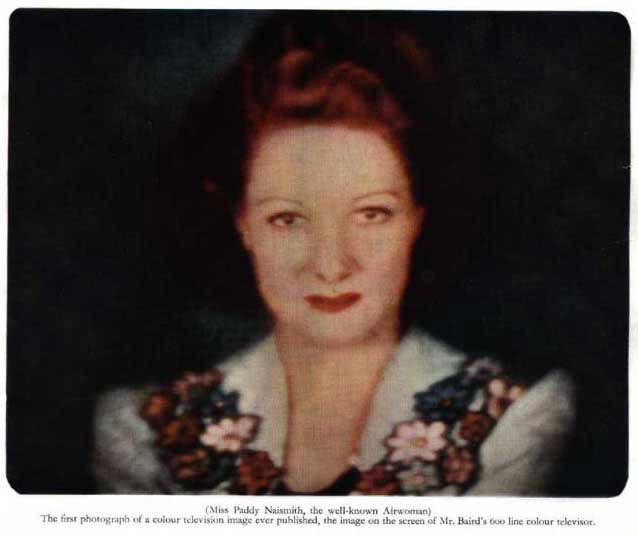
1945 Jan: Moved to 1 Station Road, Bexhill, East Sussex (house demolished now Baird Court flats).
1946 June: Died of a stroke.
Online:
The Birth of TV (BBC)
bairdtelevision.com
John Logie Baird (Telectronic)
John Logi Baird in Hastings - Ian Castro (1066.net1999)
Baird Independent Television by Richard G Elen (2003)
John Logie Baird in Sydenham (Sydenham Town 2005)
Hastings versus Soho by Adam Gee (2021)
Invention of Television by Jude Montique (HIP 2023)
John Logie Baird in Bexhill by Malcolm Baird
Books:
Television and Me: The Memoirs of John Logie Baird (1933/2004)
Baird of Television: The Life Story of John Logie Baird - Ronald F. Tiltman (Seeley Device & Co 1933)
John Logie Baird: A Life - Antony Kamm & Malcolm Baird (National Museums of Scotland 2002).
Back to top
|
